
Under the Sea Maths: Counting Fascinating Fish and Finding Shapes for Young Explorers
Table of Contents
Exploring the vast and enchanting underwater world provides a unique backdrop for engaging children in the essential subject of mathematics. At LearningMole, we believe that bringing together the excitement of the ocean with the foundational skills of counting and shape recognition can inspire a love for learning that stretches beyond the classroom. By counting colourful fish or identifying the diverse shapes of marine life, children can enhance their numerical skills while enjoying the beauty of aquatic biodiversity.
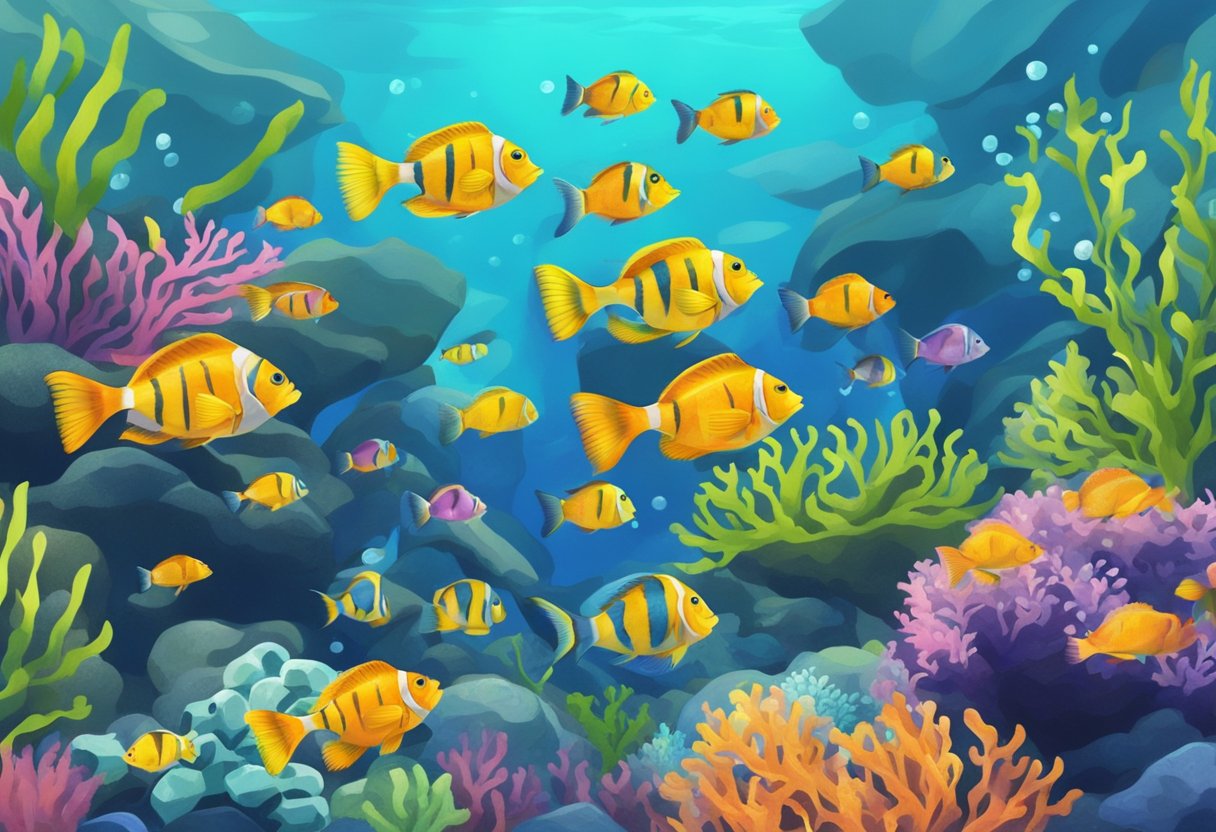
Our dive into ‘Under the Sea Maths’ is an immersive experience that combines learning with the wonders of the ocean. As we explore the ocean depths, we encounter a variety of mathematical creatures, from the simple starfish to the complex structure of coral reefs. By integrating interactive water world maths games and underwater counting adventures, we provide an engaging platform for children to strengthen their number recognition and embrace environmental understanding through a playful, maths-focused lens.
Key Takeaways
- Underwater themes enrich maths learning with a sense of adventure.
- Interactive games support number recognition and shape identification.
- Maths activities can foster environmental awareness and inclusivity.
Exploring the Ocean Depths

When we delve into the ocean depths, we uncover a world teeming with life and mystery. Our journey begins as we navigate the intriguing underwater landscapes that are home to diverse marine species. We equip ourselves with the necessary tools to not only observe but actively participate in the counting of fish and identifying geometric shapes that nature carves beneath the waves.
Counting Fish:
As we explore, we tally the myriad varieties of fish that inhabit these realms. From the solitary hunters to the shoals of community dwellers, each count adds to our understanding of the delicate balance within these ecosystems.
Shapes Under the Sea:
- Circles: observed in the form of jellyfish domes and anemone outlines.
- Triangles: seen in the dorsal fins of sharks cutting through the water.
- Rectangles and Squares: found in the patterns adorning the bodies of various fish species.
Tailoring activities for children, we bring this undersea mathematics adventure to schools and educational settings. Incorporating hands-on experiences, we guide young minds through the counting and shape recognition processes, layering in learning about marine biology along the way.
For those captivated by underwater acoustics, we introduce techniques to locate fish through sound, merging mathematics and marine science in a captivating, real-world application. It’s important to utilise active and passive acoustics to locate and study fish, as these methods enhance our counting accuracy and unveil the movements of these elusive creatures.
Our journey through the ocean depths is more than a quest for numbers and shapes; it’s an opportunity to instil a sense of stewardship for our blue planet. As we invite children to engage with the ocean in this interactive way, we’re also teaching them the importance of preserving this vital environment for future generations.
Number Fun with Maritime Friends
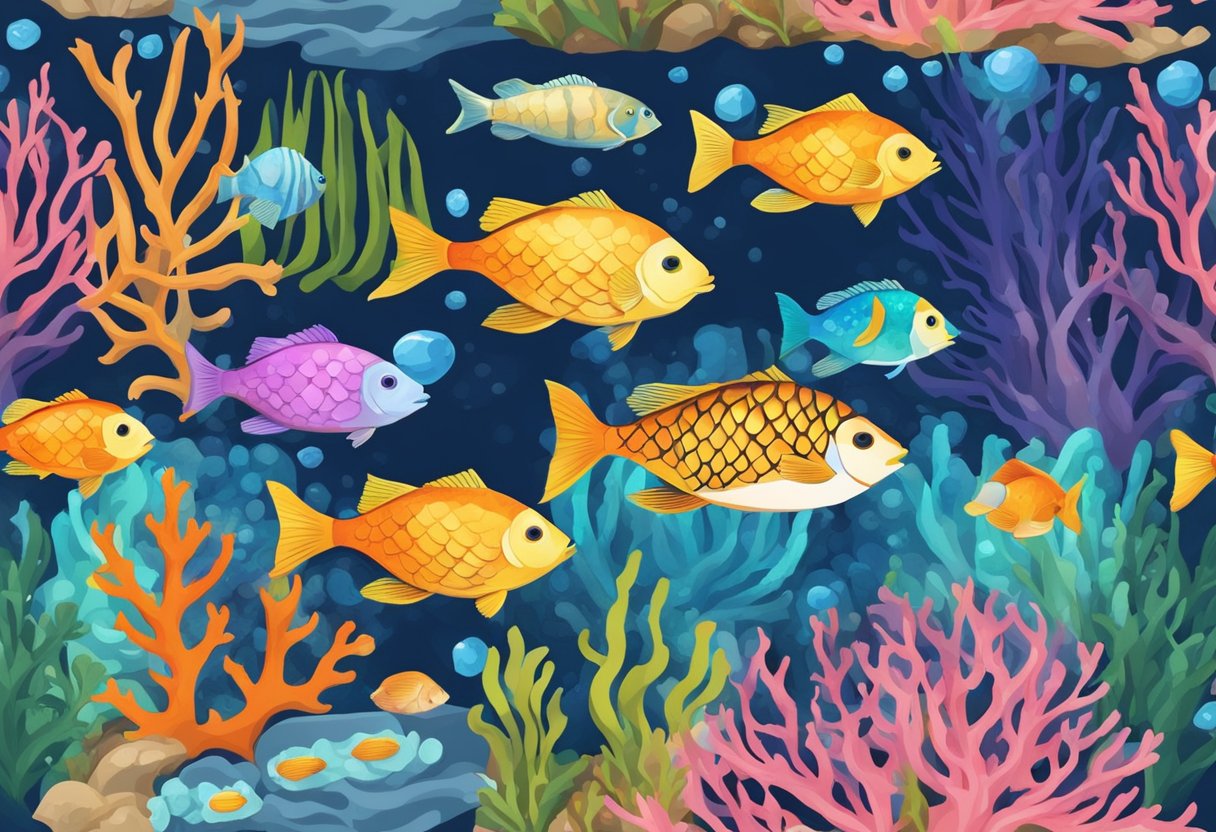
We’re about to plunge beneath the waves for an adventure in number recognition and counting with our aquatic allies. Grab your snorkel as we explore the deep blue sea and learn about the wonderful world of numbers through playful fish and seashells.
Counting Fish in Schools
When we count fish in schools, we’re doing more than just tallying up numbers. Each fish becomes an opportunity to improve our counting skills, especially for little learners. By observing the moving schools, we can challenge ourselves to keep track and recognise numbers in a dynamic environment. With every school of fish, we establish a connection between physical count and number recognition, laying down the foundational blocks of numeracy in a fun and engaging setting.
Seashell Number Sorting
Sorting seashells by numbers gives us a chance to engage with maths tangibly. We can collect a variety of seashells and sort them into groups, practising number recognition while enjoying the beauty of these maritime treasures. For instance, we might find five scallop shells and three conch shells. We can sort them by type or by size, which adds an extra layer of complexity and fun to the learning process, fostering critical thinking alongside counting.
Shapes in the Sea: Identifying Forms
In exploring the wonders of the marine world, we often encounter a variety of shapes and forms. From the intricate designs of coral reefs to the radial symmetry of starfish, the ocean is a rich tapestry of geometrical wonders.
Coral Reefs and Their Shapes
Coral reefs are underwater structures that are made up of the skeletons of colonial marine invertebrates called corals. The shapes of coral reefs can be quite diverse, each with their own unique geometrical figures. We use mathematics to understand these intricate forms, which can range from simple, massive blocks to complex, branching patterns. These shapes aren’t just for show—they help corals to maximise their surface area for feeding and gas exchange.
Starfish Symmetry
Starfish, or sea stars, are famous for their radial symmetry, typically having five arms radiating from a central disc. This symmetry represents a fascinating aspect of mathematical biology. When we study these creatures, we notice that this pattern isn’t just for beauty; it’s an adaptation that allows starfish to navigate their environment efficiently and feed effectively. Each arm is equipped with hundreds of tube feet, which they use for movement, capturing prey, and sensing their surroundings.
Dive into Number Recognition
As we explore the concept of Under the Sea Maths, it becomes clear that number recognition is the cornerstone for young learners to understand and enjoy mathematics. Number recognition is essentially the ability to identify and differentiate between numbers. Let’s take a closer look at how we can spot numbers in an aquatic setting and swim along with numerals in a fun and engaging way.
Spotting Numbers Amongst the Waves
When we gaze into the watery depths, we find that numbers are all around us, just like fish swimming in the sea. Spotting numbers might involve recognising the number of sea creatures or counting shells on the ocean floor. It’s about observing patterns and making connections with the shapes and figures that numbers represent. For example, we might see a group of five starfish and immediately recognise the number without needing to count each one individually—a concept known as subitising.
Swim with the Numerals
As we swim further, we encounter numerals in their various forms. It’s vital to engage with them in diverse and dynamic ways. We can use activities where children trace numbers in the sand, or perhaps match the number of pebbles to numerals written on underwater cards. By interacting with numerals in these tangible ways, we’re not just teaching recognition; we’re inviting children to feel and experience numbers with all their senses.
By focusing on number recognition through the fun and familiar theme of the underwater world, we help learners grasp these fundamental mathematical concepts in a delightful and memorable manner.
Interactive Water World: Maths Games
Within the world of early mathematics learning, interactive games are a brilliant way to encourage understanding and engagement. Specifically designed to bring excitement to numerical exploration, our maths games involving underwater adventures with fish provide an ideal educational platform for little learners.
Treasure Chest Counting Game
In the Treasure Chest Counting Game, we introduce children to the concept of counting through a colourful undersea environment. Each level allows children to count the number of glittering treasures hidden in sandbanks and tucked away in chests. The game progresses in difficulty with more chests and various arrays of coins and jewels, striking the perfect balance between challenging and entertaining.
Fishy Shapes Memory Match
With Fishy Shapes Memory Match, learners get the chance to dive into the fundamental notion of geometric shapes. We’ve designed a game where matching pairs of fish decorated with a plethora of shapes like circles, squares, and triangles help to reinforce shape recognition. As kids flip tiles, they’re met with vibrant aquatic life, practising their memory skills alongside shape identification.
Underwater Counting Adventures
Embarking on an underwater counting adventure offers us a fun and engaging way to explore mathematical concepts like sequences and numeracy surrounded by the beauty of the ocean’s flora and fauna. We find ourselves surrounded by a variety of shapes and colours that can help us teach counting in an exciting context.
Submarine Sequences
While exploring the underwater realm in our imaginary submarine, we encounter a world where sequences come to life. Fish swim by in patterns, and we can count them as they pass. One clownfish, two clownfish, three… Observing these aquatic creatures allows us to introduce the concept of number sequences in a vivid and tangible setting. We might see a lone sea turtle followed by a pair, then a group of three, creating a simple sequence for us to follow and count.
Counting Colourful Corals
As we glide over the ocean floor, the corals captivate us with their vast array of colours and intricate shapes. This natural kaleidoscope is perfect for practising counting. We can count the branches of a single coral, or tally the numerous types of coral that make up this underwater forest. Recognising the different colours and shapes helps reinforce our understanding of variety and classification, making counting colourful corals a multi-sensory learning experience.
Teaching Resources from Twinkl
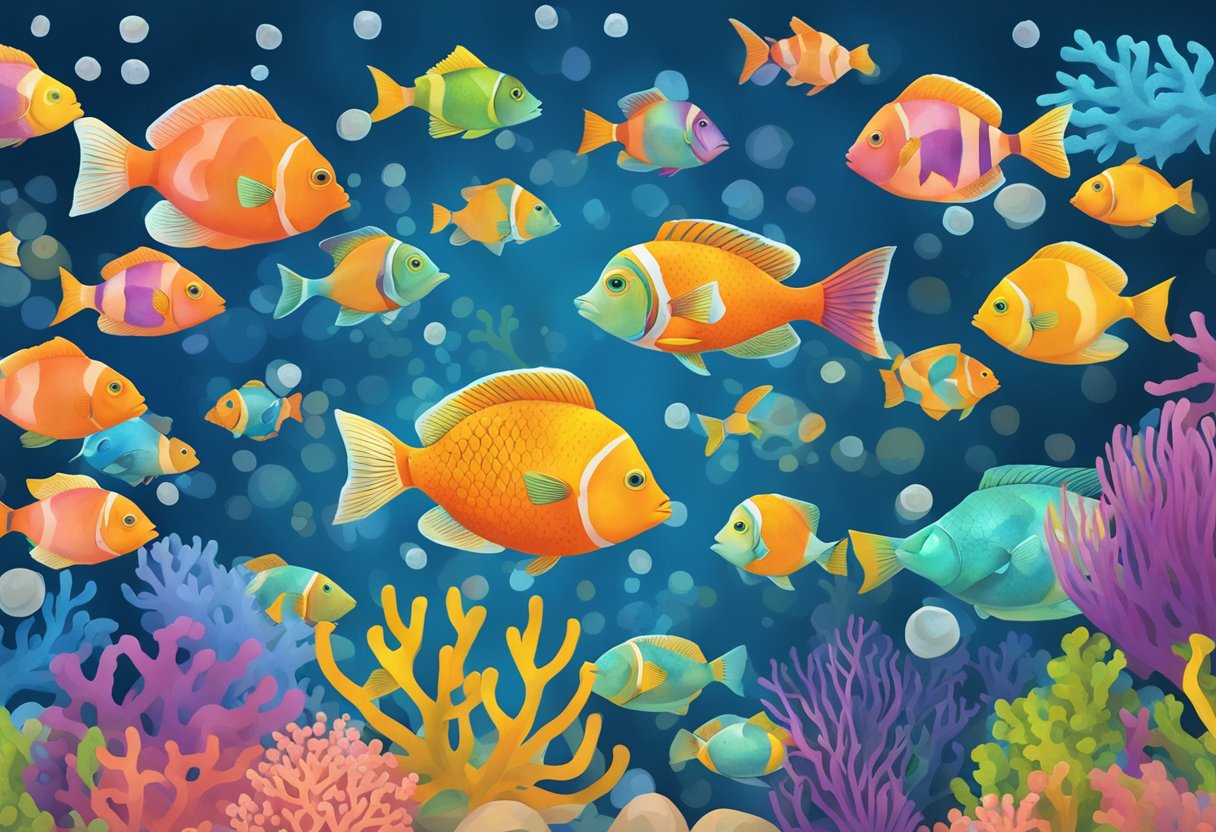
At Twinkl, we understand the magic of bringing educational concepts to life, particularly in the early years. Under the Sea Maths is a vibrant theme that captures little learners’ imaginations, and our resources are tailor-made to guide them through the wonders of counting and shape identification. With materials designed by experienced educators, we ensure each activity sheet, interactive game, and classroom decor fits seamlessly into the learning journey.
Counting Fish: Our range of Twinkl resources provides colourful, underwater-themed counting aids. Children can count fish with easy-to-use activity sheets that make learning numbers as fun as an ocean adventure.
Finding Shapes: Dive into geometry with our selection of resources. Twinkl offers shape-finding activities where children can identify and match various shapes with adorable sea creatures, strengthening their spatial awareness and cognitive skills.
We’ve also got song sheets that creatively integrate classic tunes, like “Twinkle, Twinkle Little Star”, with mathematical lyrics to enhance retention and engagement. This auditory approach supports the development of both musical and mathematical intelligence.
Classroom Resources: For educators, we offer complete lesson plans and vibrant classroom decorations that turn your space into an underwater realm of learning. Our materials encourage a hands-on experience, allowing children to learn through exploration and play.
We at Twinkl take pride in creating resources that support inclusive education. We’re here to make sure every child has access to an enriching learning environment, and our Under the Sea Maths resources are just one example of our commitment to education. From the depths of the ocean to the heights of learning, we’re with you on this educational voyage.
Mathematical Creatures of the Deep
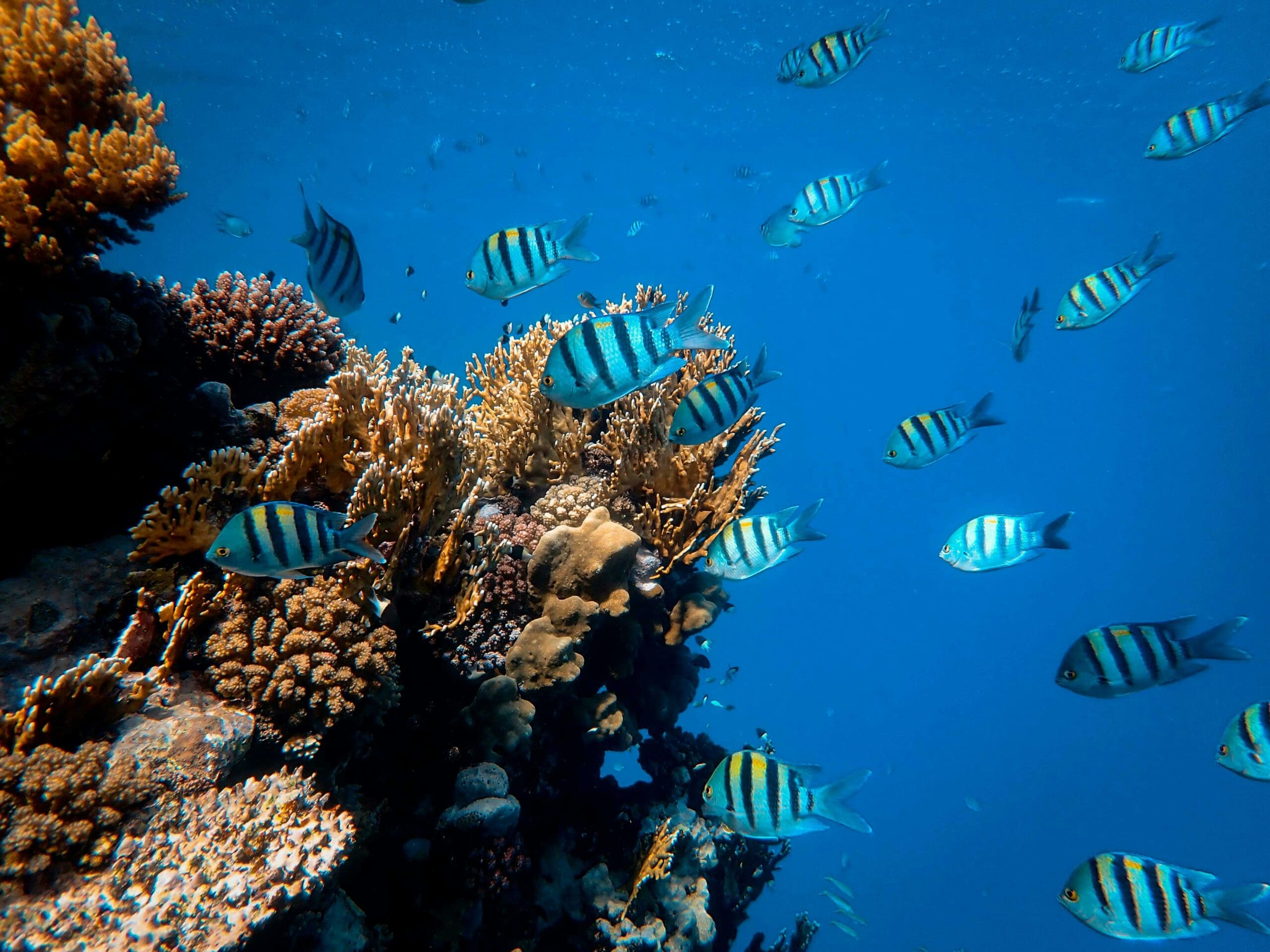
Marine environments are filled with fascinating examples of how nature utilises mathematics. We find deep under the sea that creatures such as fish and molluscs exhibit behaviours and patterns that can only be described as mathematical wonders.
Octopus Arithmetic
The octopus astonishes us with its remarkable intelligence, and recent observations suggest they may comprehend basic arithmetic. Through interactions with their environment, these cephalopods demonstrate problem-solving skills that resemble counting, a mental process we always thought was unique to humans and some higher mammals. When gathering and storing shells, an octopus might be employing a form of mathematical reasoning that is fundamental to understanding their secretive lives under the sea.
Puzzle with Pufferfish Patterns
Pufferfish, also known as blowfish, amaze us with their ability to create intricate geometric patterns in the sand. These circular designs are not only a testament to the pufferfish’s role in marine life but also spark curiosity about the use of geometry in the animal kingdom. Suffice it to say, these artistic creatures could be engaging in a form of mathematical expression when they craft these precise shapes to attract mates, showcasing a practical application of maths in their daily rituals.
Through a closer examination of these mathematical creatures of the deep, we discover that the ocean’s depths are ripe with numerical nuances, from the arithmetic of the octopus to the pufferfish’s geometric genius.
Aquatic Life and Learning Numbers
In the underwater world, every fish and sea creature becomes a vibrant opportunity for children to learn and practise their numbers. We’ve made counting tangible and fun by connecting it with the intrigue of marine life.
Dolphin Digits
Dolphins are not just captivating; they’re our companions in number recognition. With a flipper’s size corresponding to a specific number, children learn to identify numerals. We imagine pods where each dolphin represents a count, with one dolphin for one, two for two, and so forth, helping young learners count by sight.
Learning with the Lobsters
Lobsters, with their segmented bodies and multiple legs, serve as perfect specimens for exploring counting. By connecting each segment or leg with a count, children are encouraged to add and tally numbers, providing a practical lesson in basic arithmetic set against the backdrop of the enchanting seabed.
Environmental Understanding Through Maths
Exploring the ocean deep, we utilise maths to uncover the intricacies of marine life, understanding how numbers and patterns are crucial in preserving our aquatic ecosystems.
Conservation Counts
Counting fish populations aids us in monitoring their health and sustainability. By recording the number of fish within a habitat, we can detect changes, whether due to natural cycles or human impact. Accurate counts are essential in establishing fishing quotas to prevent overfishing and ensure that species thrive for generations. Methods vary from direct visual counts to mathematical models that estimate populations based on sample data.
Biodiversity by the Numbers
Assessing biodiversity involves more than just basic counting; it’s about understanding the distribution of different species and their roles in the ecosystem. We use scientific surveys and sophisticated algorithms to determine the health of marine biodiversity. These numbers paint a picture of the ecosystem’s complexity and resilience, helping us predict how it might respond to environmental stresses such as climate change, pollution, and habitat destruction.
Parent and Teacher Guide to Ocean Maths
Exploring mathematical concepts can be more engaging for children when themed around the fascinating underwater world. Our guide offers creative ways for parents and teachers to integrate ocean maths into learning experiences.
Incorporating Sea Stories
We leverage the magic of storytelling to contextualise math concepts within the marine environment. By reading books that involve counting ocean creatures or identifying shapes in a coral reef, we create a narrative that not only entertains but educates. For example, when focusing on shape recognition, a story about a treasure map leading to various shaped corals can help children identify and categorise different geometrical shapes.
Educational Beach Day Activities
A trip to the beach provides a perfect opportunity for hands-on learning. You can organise a scavenger hunt where children collect and count different items like shells, pebbles, or sea glass. Each object can correspond with a numerical value or shape, turning a fun day out into an interactive maths lesson. Following the scavenger hunt, children could graph their findings by type or colour, providing a visual and tactile approach to data management.
Frequently Asked Questions
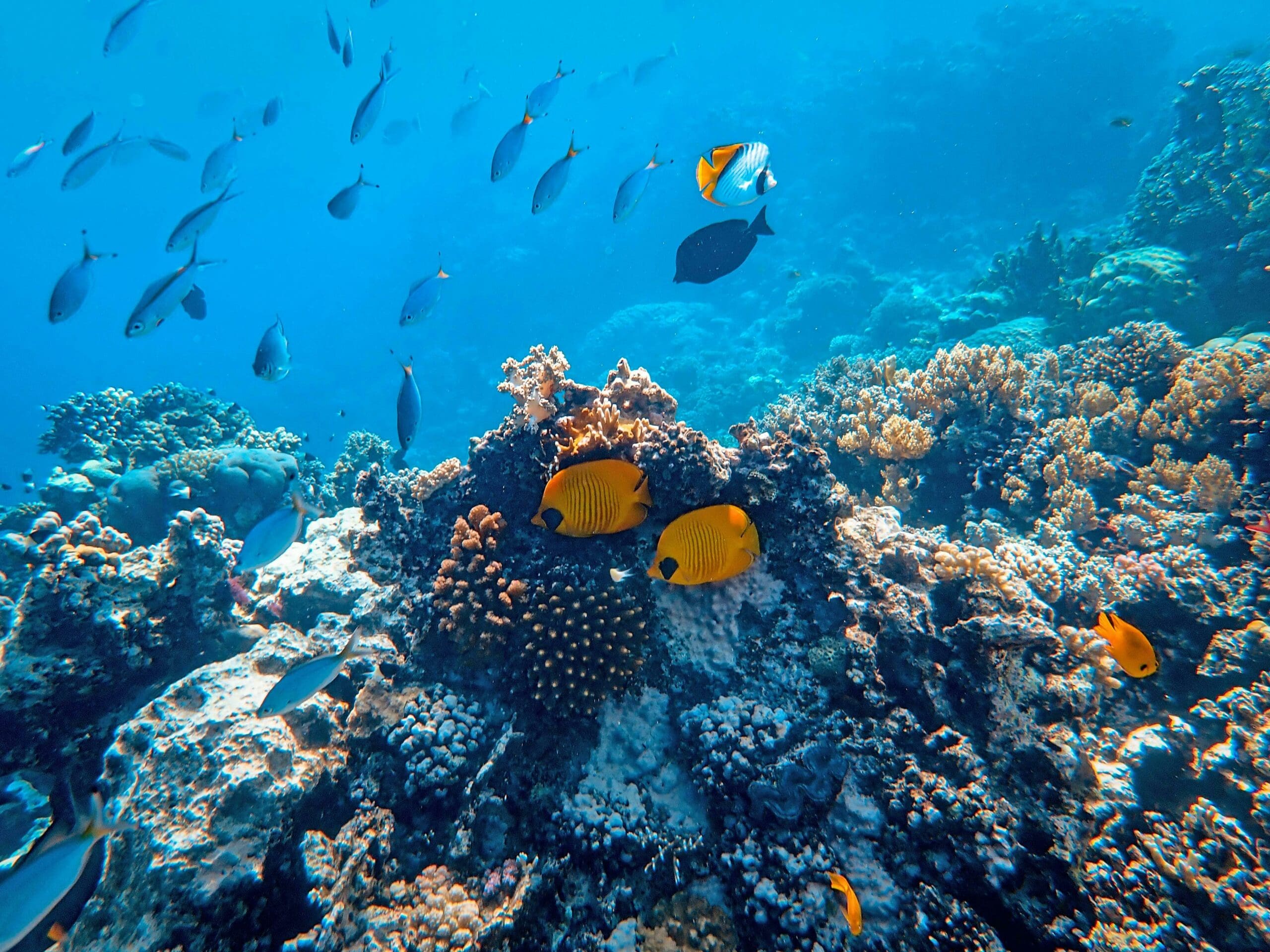
Under the Sea Maths is a fantastic theme for teaching children about numbers and shapes. Let’s dive into some of the most common questions about integrating this engaging topic into early mathematical learning.
What are some engaging counting games for children with an under-the-sea theme?
Sea-themed counting games can be a splash hit for kids. We can use fish-shaped counters and ask children to sort and count them, or play ‘Treasure Hunt’, where kids must count hidden underwater treasures in a sand tray.
How can I access free resources for teaching maths through a fish counting activity?
You may find a variety of free resources for teaching maths with a fish counting activity. These resources can include printable worksheets, online games, and interactive storybooks that make learning to count more exciting.
Could you suggest some underwater math activities suitable for preschoolers?
Activities like ‘Underwater Shape Adventure’, where preschoolers match and sort shapes that represent different sea creatures, or ‘Fishy Numbers’, where they match numeral fish to a corresponding number of dots on a fishbowl, help little ones learn maths with fun.
Which interactive games can help kids practice counting up to 10 with an ocean backdrop?
Interactive games such as ‘Ocean Count’ allow children to help a diver count sea creatures from 1 to 10. There are also apps and online games featuring underwater environments where kids can practise counting with fish, turtles, and coral.
Are there any online games from the 90s that combine underwater adventures with math learning?
While specific titles from the 90s may not readily come to mind, there are many retro-styled games available now that capture the spirit of that era. These games often feature pixelated graphics and simple counting exercises set in an underwater world.
What’s a good way to teach children to count up to 20 with a sea life context?
‘Coral Counting’ is an engaging way to teach counting up to 20. We can use images of coral reefs with different numbers of sea creatures hidden within them, encouraging kids to count each one. This fosters both counting skills and attention to detail.


Leave a Reply